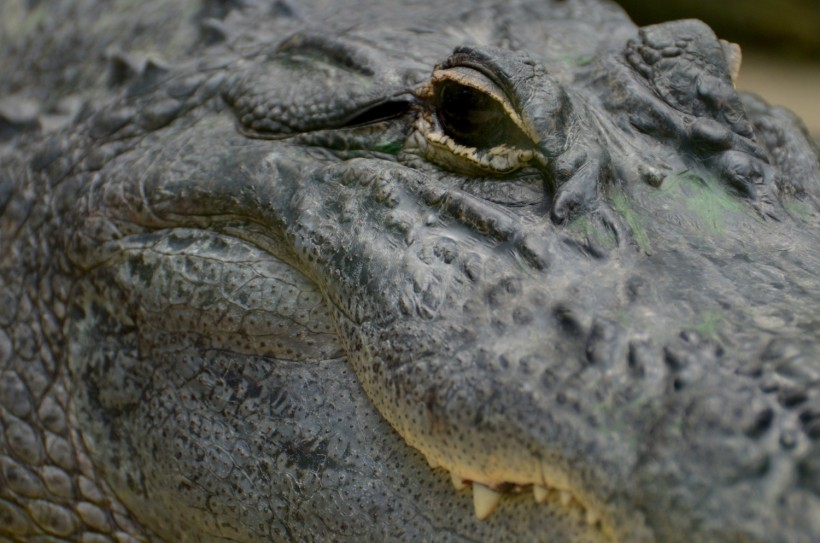Cassius, the world's largest living crocodile in captivity, might surpass prior estimations. This saltwater crocodile, believed to be 120 years old, earned its place in the Guinness World Records in 2011 for measuring around 18 feet (5.48 meters). Experts believe that Cassius might have grown further.

World's Largest Living Crocodile in Captivity Might Surpass Previous Measurements, Having Grown Since 2011 Assessment
Largest Living Crocodile in Captivity
Cassius is an Australian saltwater crocodile (Crocodylus porosus) who currently holds the title of being the largest captive crocodile. This species reigns as the most imposing and formidable of contemporary species. These creatures can achieve over a century of life, grow up to 7 meters (23 feet) in length, and weigh more than 1 tonne (1.1 tons).
Marineland Melanesia, an Australian wildlife zoo on Green Island, houses over 50 crocodiles, ranging from young individuals to more mature examples like Cassius.
In 1984, crocodile expert Graeme Webb, then in his thirties, witnessed Cassius' capture via a rope trap in the Finniss River on La Belle Station, located 81 kilometers southwest of Darwin. The process involved extracting Cassius from the trap with a buffalo-catching vehicle and transferring him into a cattle truck, then relocating him to a specially designed pond at LaBelle Station.
According to Professor Webb, Cassius' age at the time of capture ranged between 30 and 80 years. Presently, he speculates that Cassius might potentially have reached over a century, possibly around 120 years of age.
The crocodile is suspected of having a taste for humans. Transported approximately 3,200 km (1,988 miles) from Australia's Northern Territory to Green Island in 1987, Cassius embarked on a journey by truck.
Professor Webb suggested that Cassius's fellow resident, Sweetheart, who was associated with numerous crocodile attacks in the 1970s, might have been mistakenly linked to some of Cassius's encounters involving boats. During a recent visit, Professor Webb observed that Cassius had undergone further growth, a phenomenon unusual for a large crocodile.
Offering substantial insights into their remarkable longevity, Professor Webb remarked that Cassius remains thriving even after 38 years since its captivity.
Cassius Could Be Bigger Now
Toody Scott, responsible for Cassius at Marineland Crocodile Park, Australia, stated that Cassius might have grown since 2011. Remarking that they might attempt re-measurement soon to understand growth patterns or defend the record, Scott acknowledged the potential for Cassius's size evolution.
Saltwater crocodiles can grow up to 23 feet (7 meters), with another record holder, a measurement wherein Lolong from the Philippines almost reach because it measured 20 feet (6.17 meters). Lolong briefly surpassed Cassius as the largest captive crocodile in 2012, but he passed away a year later. Cassius reclaimed the title due to Lolong's demise.
Cassius's age and his history of territorial battles and boat engine attacks might have influenced his measurements. Sustained injuries from these conflicts, such as losing parts of his snout and tail, were not accounted for in 2011 measurements. It is estimated that these losses could potentially add 6 to 10 inches (15 to 25 centimeters) to his length.
Marineland park's records of crocodile growth since birth suggest Cassius was born in 1903, marking his 120th year in 2023. Despite his potential growth slowdown due to his size, Cassius's keepers remain hopeful that he has "years to come" as a Guinness World Record holder.
RELATED ARTICLE: World's Largest Living Crocodile in Captivity: 'Happy and Healthy' 120-year-old Cassius Still Has More Years To Come, Experts Say
Check out more news and information on Crocodile in Science Times.














